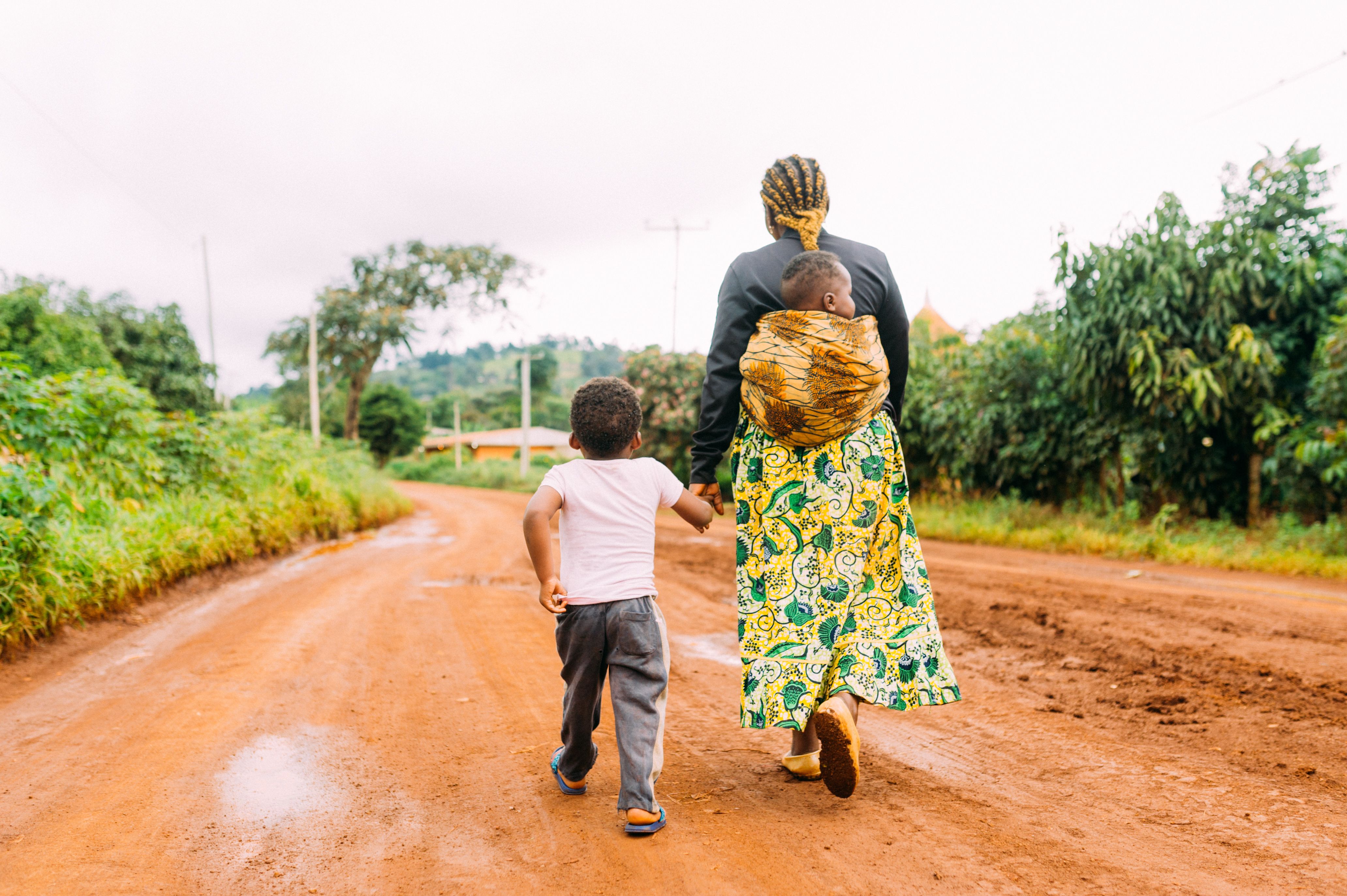Inadequate HIV Testing of Children Across 7 African Nations
The first study to estimate rates of undiagnosed HIV in children across sub-Saharan Africa found significant gaps in HIV testing.

Significant progress has been made to prevent vertical (mother-to-child) transmission of HIV. However, testing is still severely lacking among HIV-exposed infants and children. As such, there is little data on the proportion of undiagnosed children living with HIV.
One study, published yesterday in The Lancet HIV, sought to estimate the prevalence of HIV among undiagnosed children in Eswatini, Lesotho, Malawi, Namibia, Tanzania, Zambia, and Zimbabwe. Led by CUNY SPH assistant professor Chloe Teasdale and ICAP at Columbia University, the study was the first to estimate national rates of undiagnosed HIV in children across sub-Saharan Africa.
“While we know that we are falling short of providing treatment for all children living with HIV, an unknown aspect of the pediatric treatment gap has been an understanding of how many children are not on ART because they have never been diagnosed,” Teasdale said.
The investigators analyzed survey data collected from the cross-sectional Population-based HIV Impact Assessment (PHIA). Using HIV rapid test data, the investigators measured HIV prevalence among children in each country. They also took blood spots to detect any antiretroviral medications the children may have been taking.
Children who tested positive in the PHIA, with no previous HIV test nor detectable antiretroviral medicine in their blood, were considered previously undiagnosed. For each nation, the investigators estimated HIV prevalence and undiagnosed HIV in children 1-14 years of age. Among the children who were previously diagnosed with HIV, the investigators reported viral load suppression (defined as <400 copies per mL) and antiretroviral therapy prevalence.
From 2015-2017, the surveys included 42248 children 1-14 years of age in Eswatini, Lesotho, Malawi, Namibia, Tanzania, Zambia, and Zimbabwe. A total of 594 of the 42248 children were living with HIV. The estimated HIV prevalence for all 7 countries was 0.9%, leading the investigators to approximate there were 425000 children living with HIV.
Of all surveyed children living with HIV, 61.0% were previously diagnosed and 39.0% had not been diagnosed. Among the children who had been previously diagnosed, 88.4% had antiretroviral medicine in their blood, and 48.3% had achieved viral suppression. Of all the children living with HIV, regardless of prior diagnosis, 54.7% were on antiretroviral therapy and 32.6% had viral load suppression.
The investigators concluded that pediatric HIV testing was very uneven across the 7 countries, and notably the countries with the most missed diagnoses also had the lowest antiretroviral therapy coverage of children living with HIV.
The PHIA data provided an opportunity to quantify the proportion of undiagnosed HIV infections in children which has been a missing piece of the puzzle,” Teasdale said. “These data are a call to action. We must do more to identify children living with HIV and to ensure that they start treatment immediately.”
